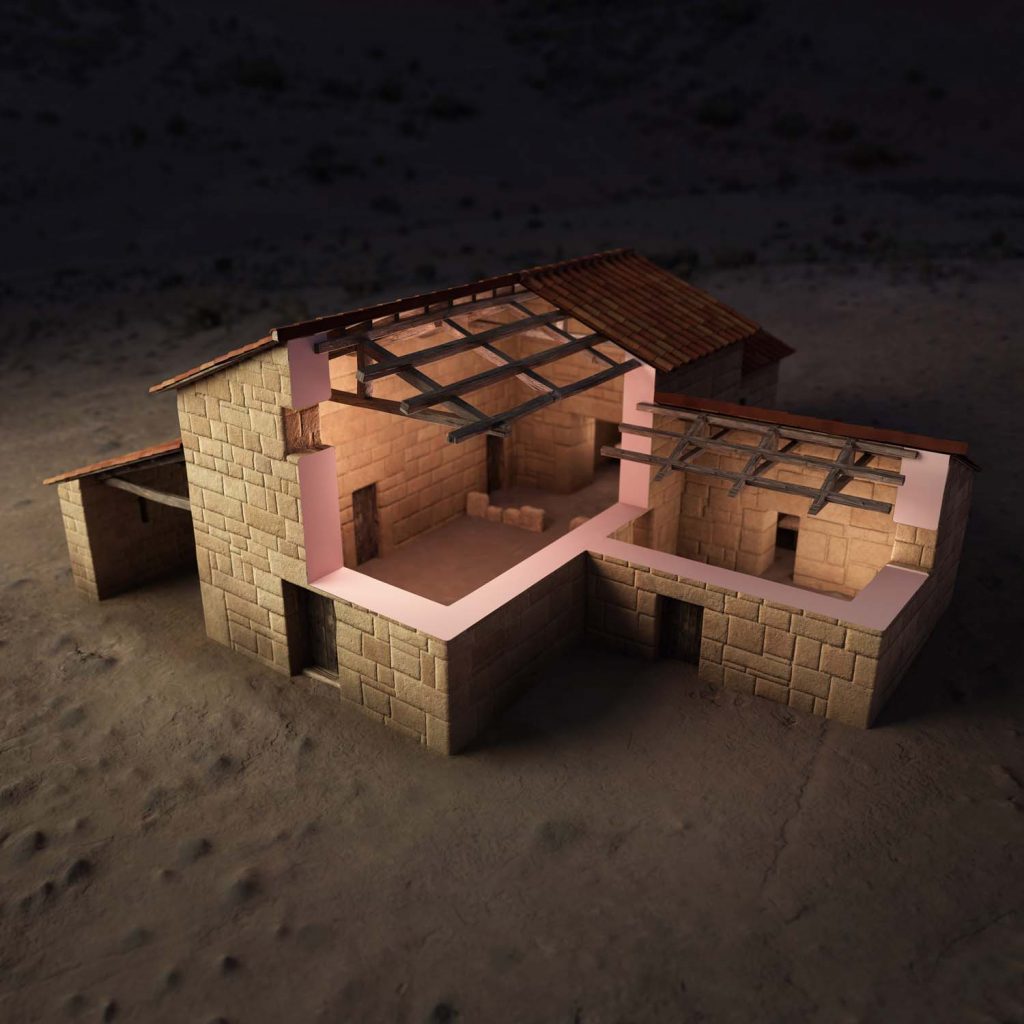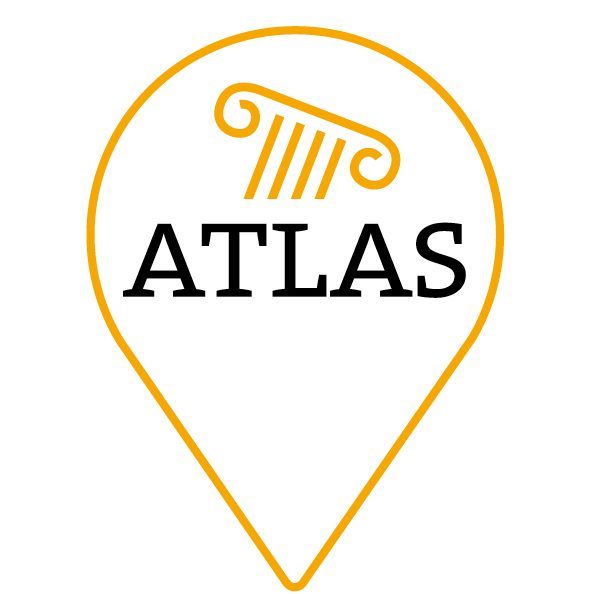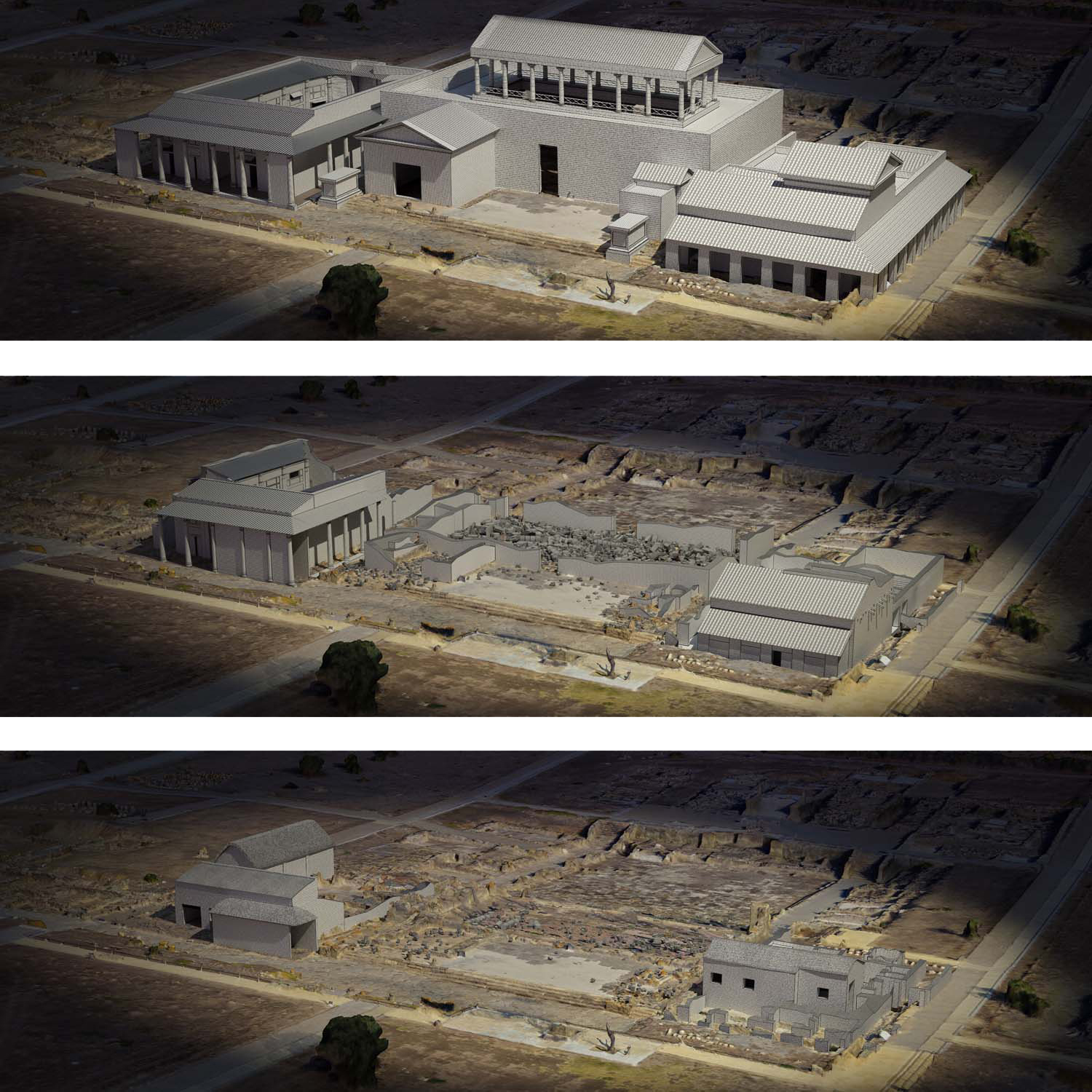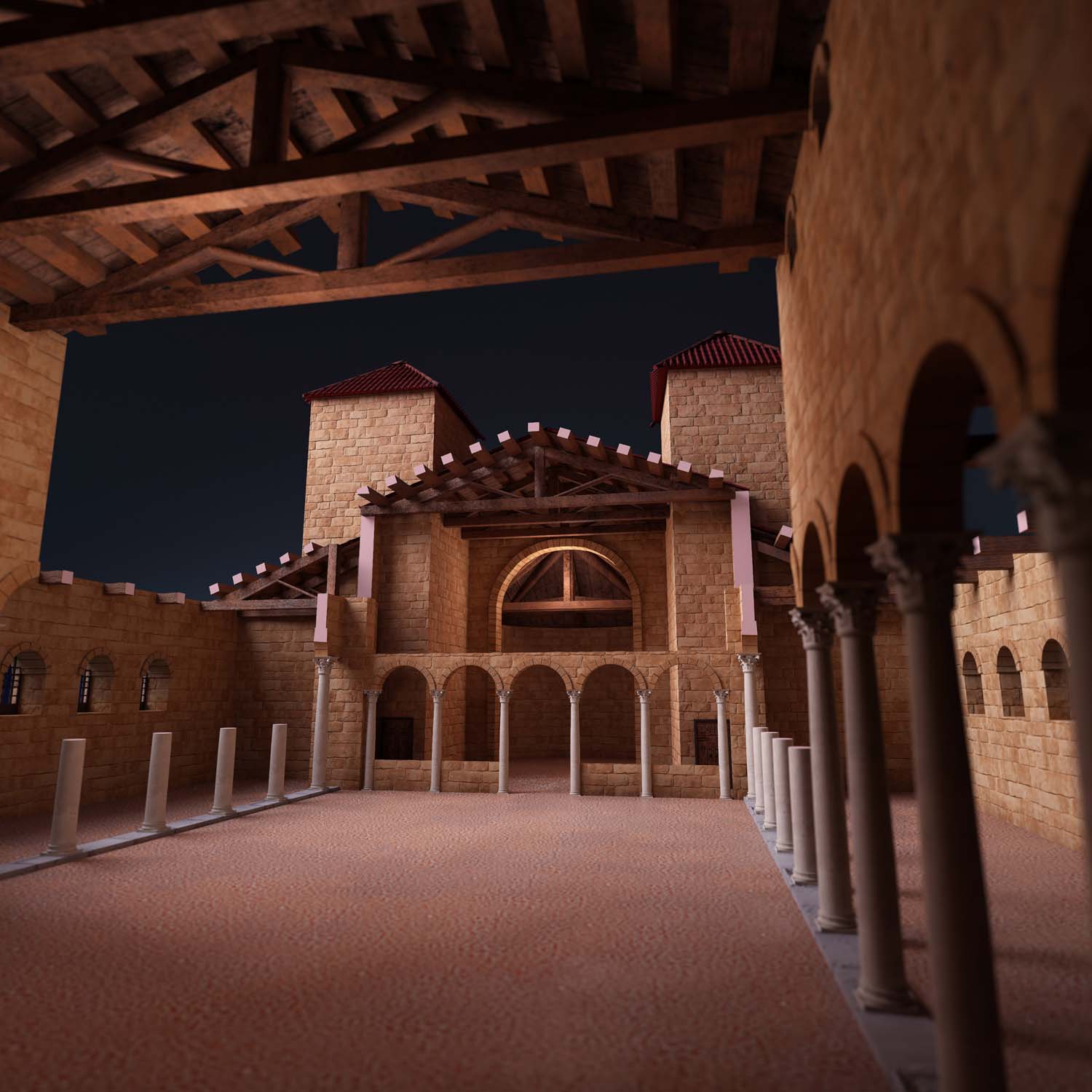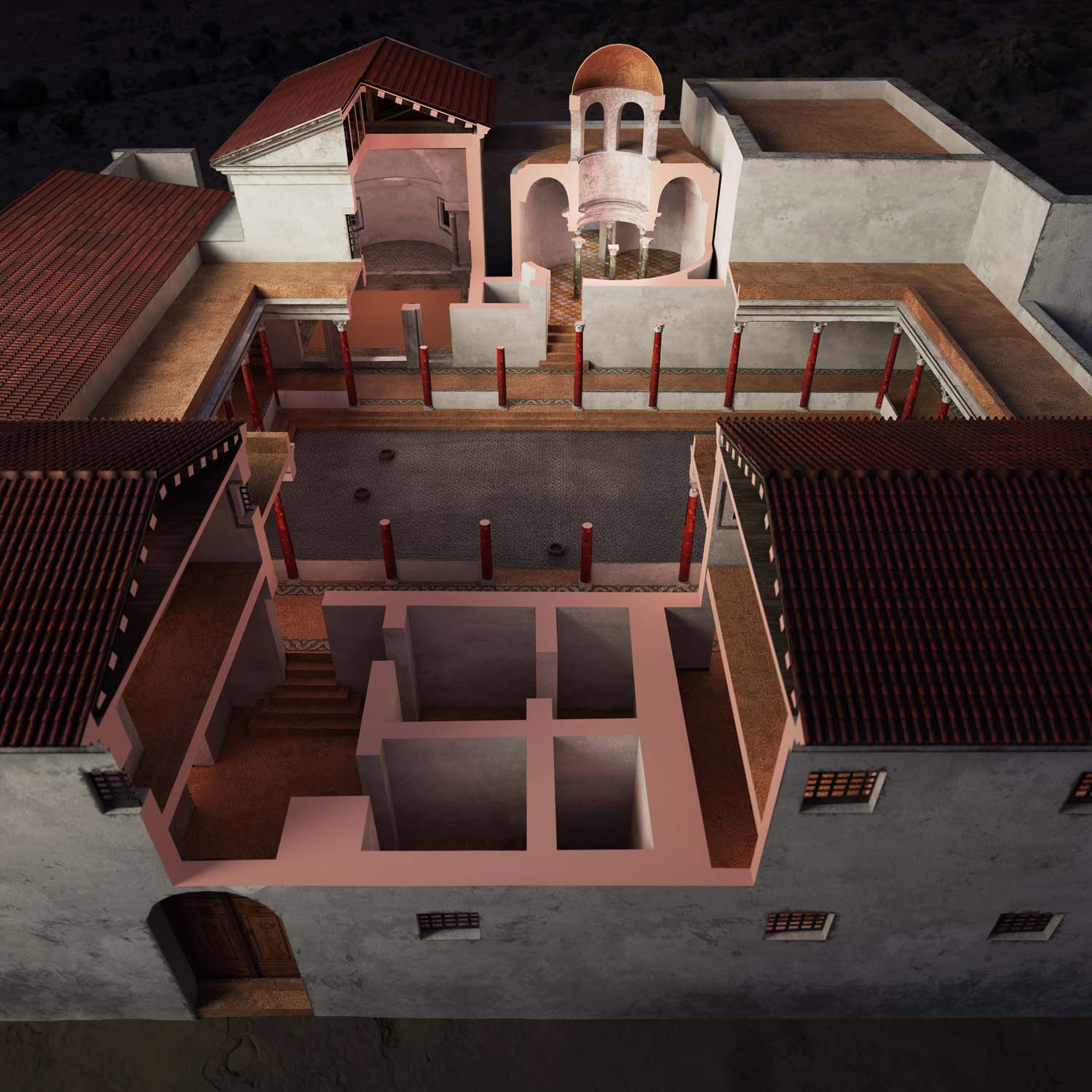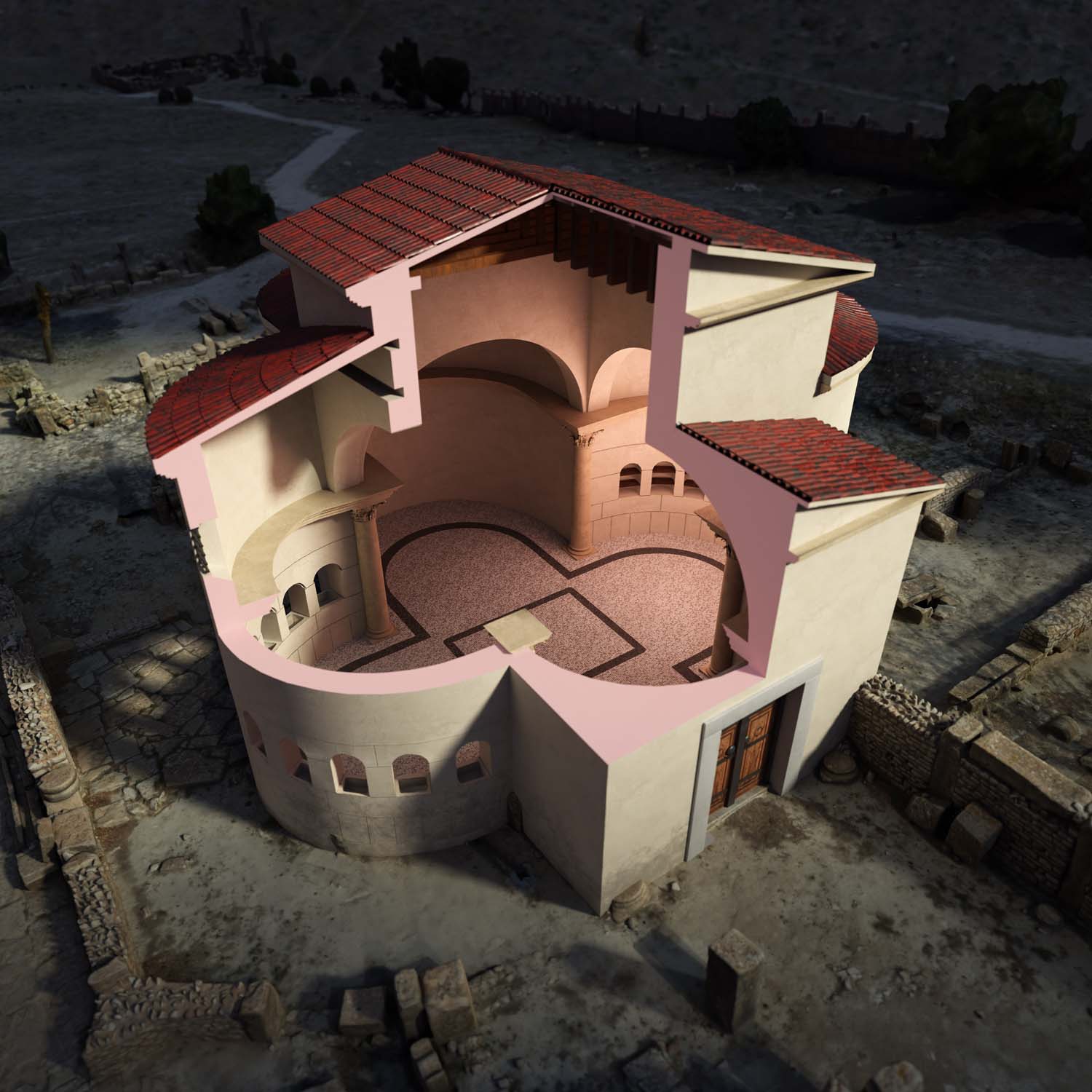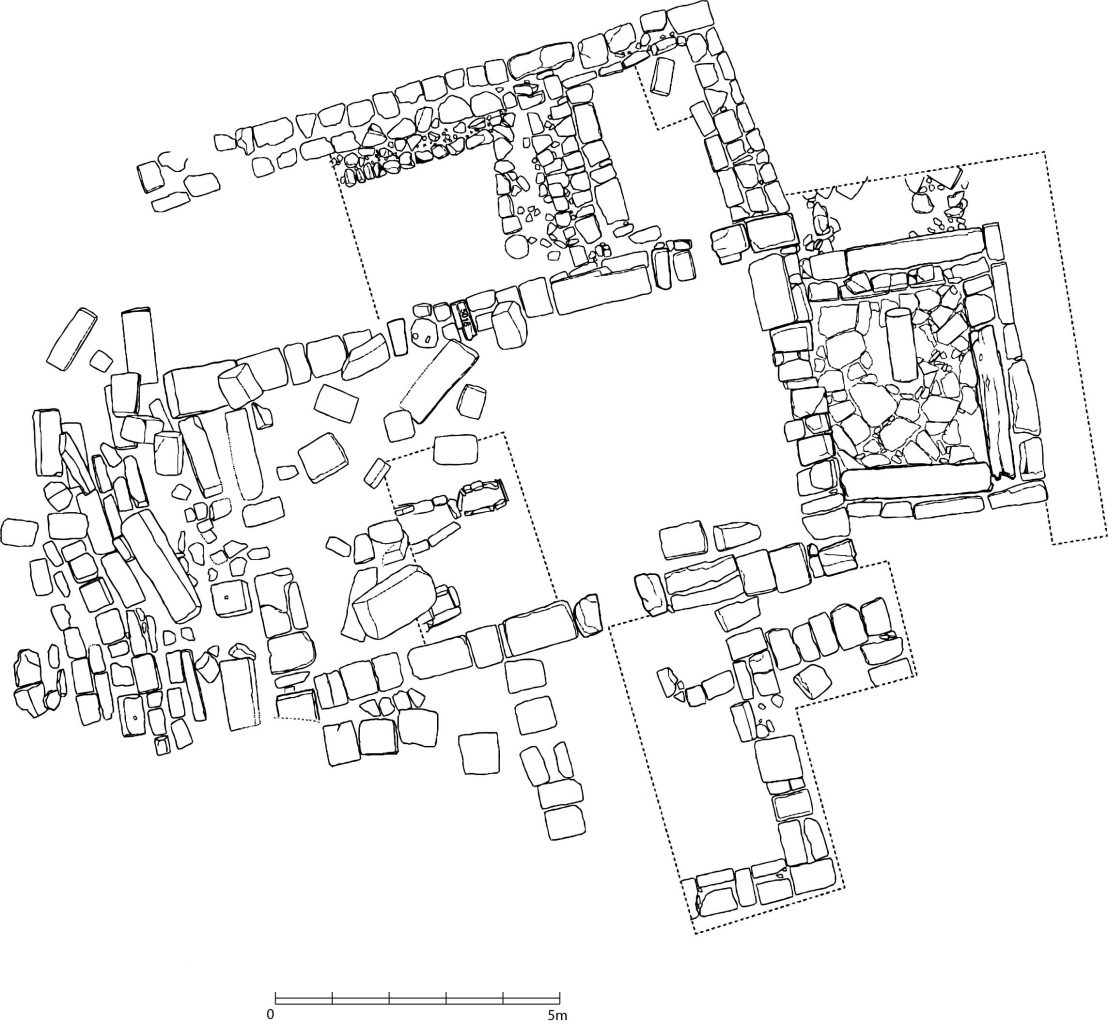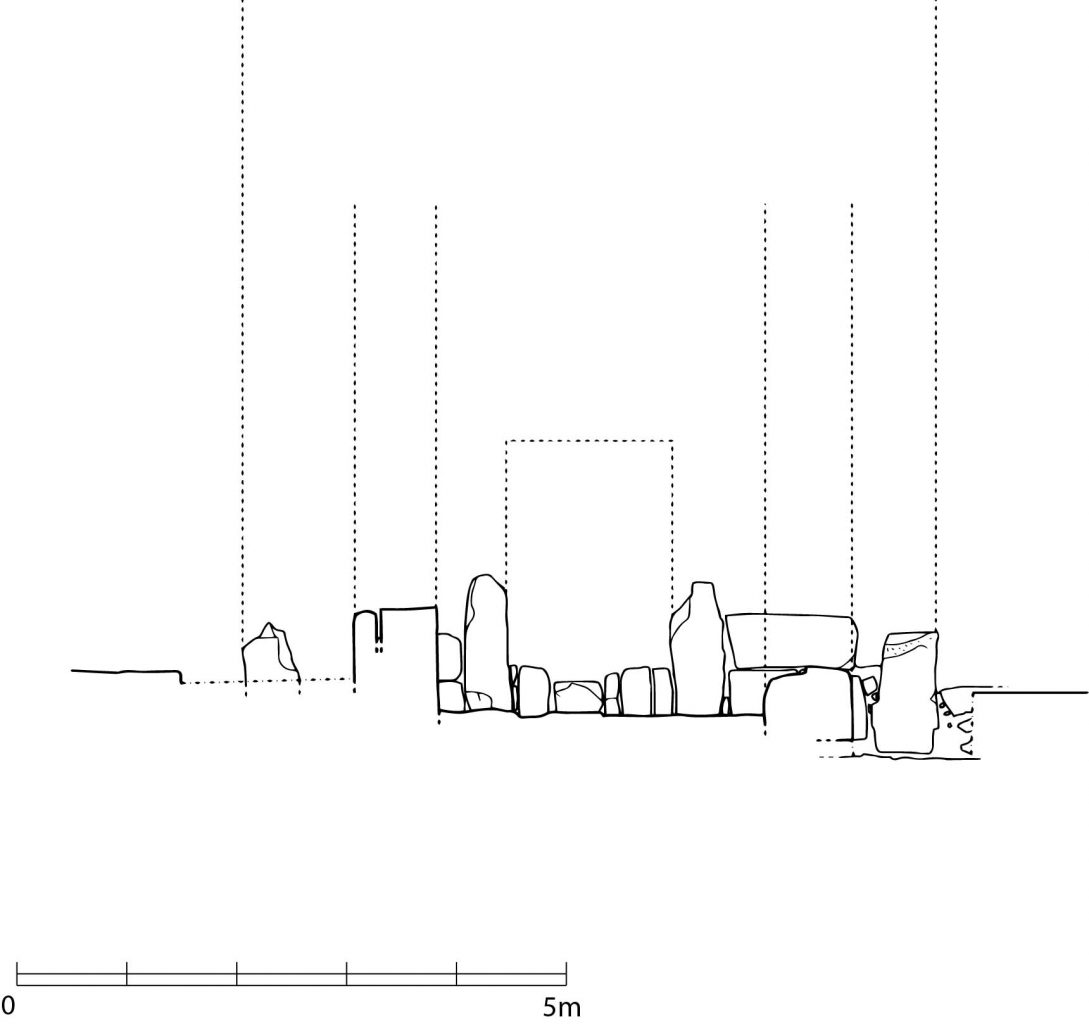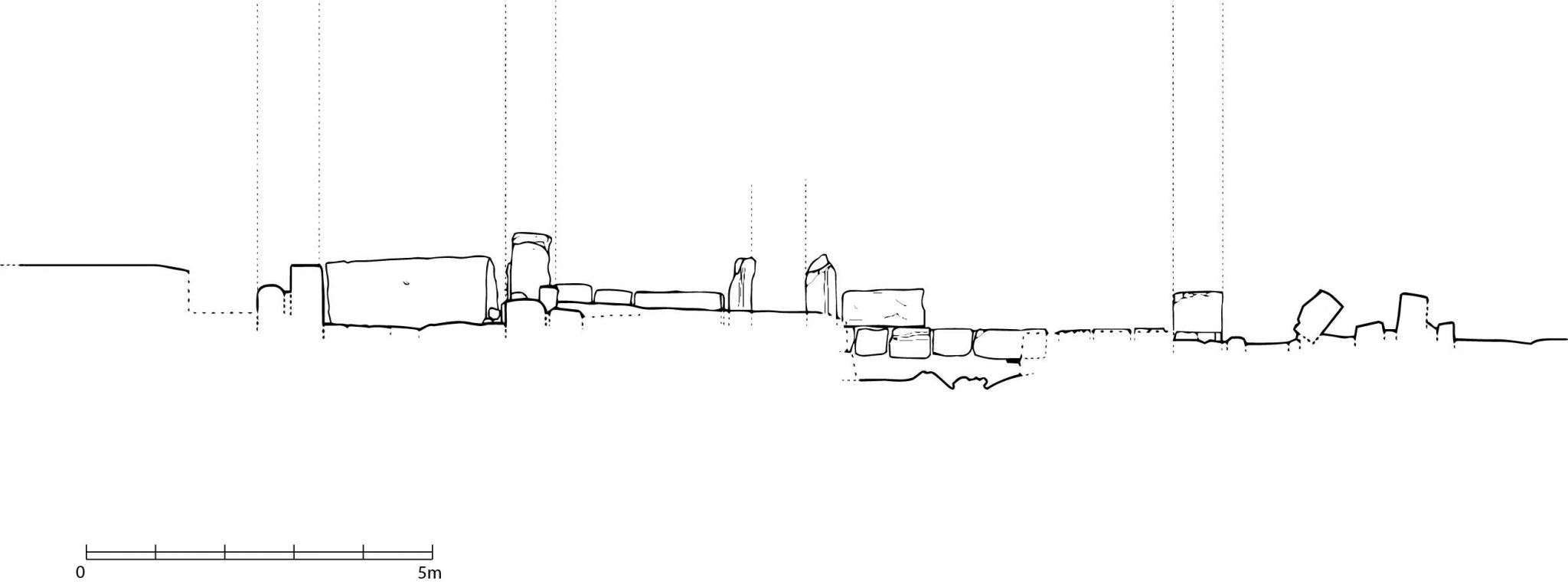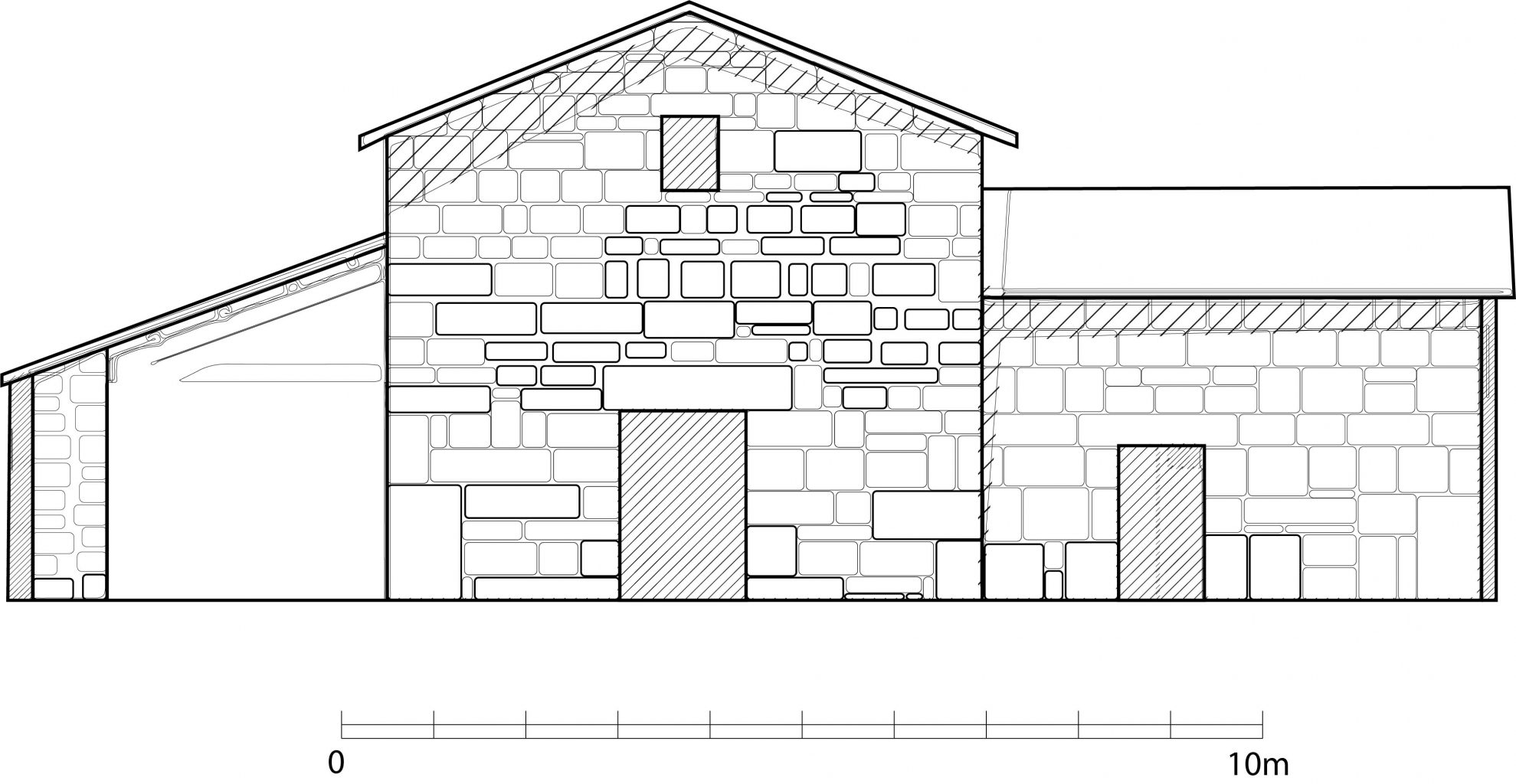THE CHURCH OF ‘LA SILLA DEL PAPA’ (TARIFA, SPAIN)
The church of La Silla del Papa is an emblematic building from the Visigothic period and one of the latest monuments studied in the ATLAS project. It is built around a nave 6.50 m wide and 10 m long, with a chancel clearly separating the two liturgical areas. To the east is a quadrangular apse in which a cylindrical altar support was discovered, with a small loculus for depositing relics. The building had annexes to the north and south. Blocks salvaged from ancient pre-Roman funerary monuments were used extensively in its construction. Carbon-14 analyses and material found in the tombs located in the nave, have made it possible to date this church to the 7th century. It may have been founded by the bishop of Asidonia and, after the abandonment of the lower town of Baelo Claudia, marks the return of the community to this site, which had been occupied since the early Iron Age.
The fieldwork carried out by the ANR Archéostraits research team has produced a wealth of documentation. The conservation of the collapsed façade in one piece and the anastylosis proposed by the Archéostraits team meant that it was necessary to highlight the restoration of the wall structure, for which a detailed theoretical stone-by-stone description is proposed: size of the foundation, block modules, beams, pedestals, lintels. The floor was made of rammed earth and the discovery of tiles has enabled us to reconstruct the building’s roof.
The choice of viewing angle and the cut-out allow each of the building’s distinctive features to be represented in the same image. Inside, the altars and altar tables are typical of these early Christian buildings, as is the only pavement in the central altar and the chancel made of upright stones.
Suggested Bibliography
Sonia Gutiérrez-Lloret, Bastien Lefebvre, Pierre Moret. La iglesia altomedieval de la Silla del Papa (Tarifa, Cádiz). Mélanges de la Casa de Velázquez, 2017, 47 (1), pp.201-214.
Read online
Pierre Moret, Fernando Prados-Martínez, Jean-Marc Fabre, Elena Fernández Rodríguez, Francisco José García Fernández, et al.. La Silla del Papa: hábitat y necrópolis. Mélanges de la Casa de Velázquez, 2017, 47 (1), pp.49-71.
Read online
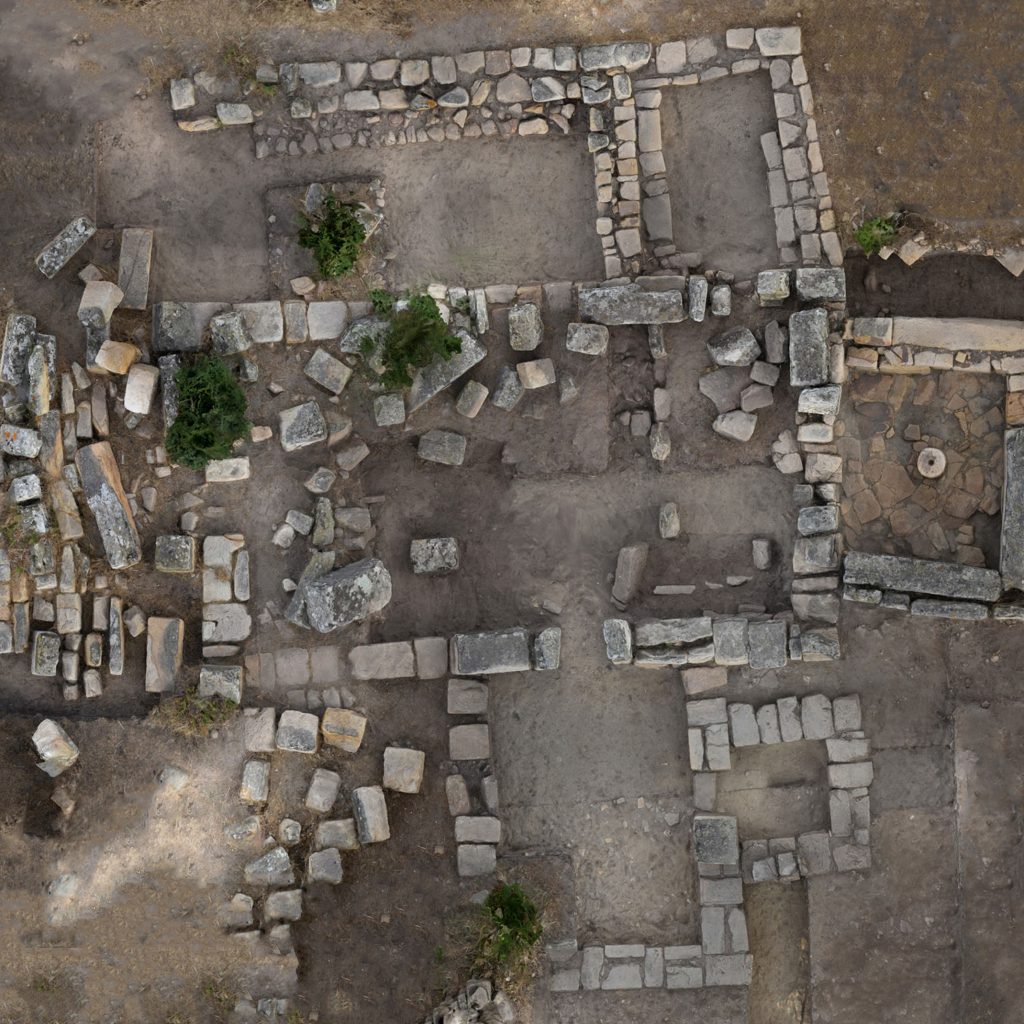
© ANR Archéostraits (A. Laurent)
